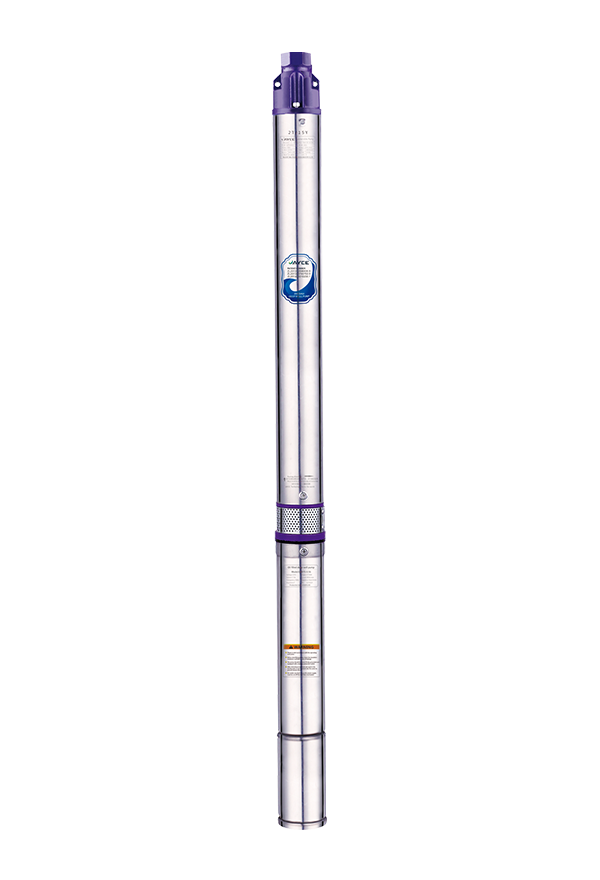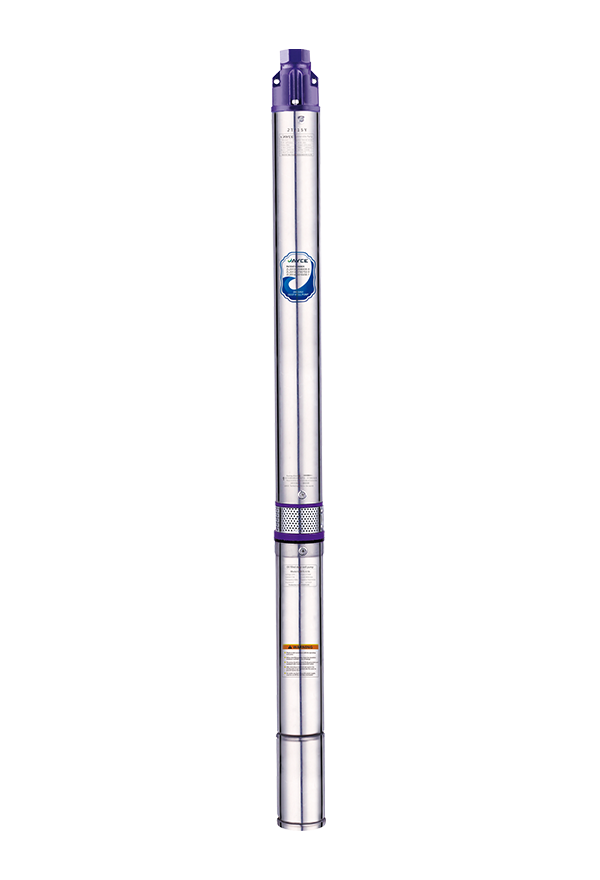China OEM DC Screw Submersible Pump Manufacturing Wholesaler
Submersible screw pumps are essential equipment in various industrial applications, including wastewater treatment, mining, and agricultural irrigation. These pumps are designed to handle a wide range of fluids, from clean water to highly viscous and abrasive substances. Despite their versatility, maintaining and operating submersible screw pumps can present several challenges. This article explores common issues faced in the maintenance and operation of submersible screw pumps and offers practical solutions to address these challenges.
One of the primary challenges in maintaining a submersible screw pump is dealing with wear and tear. Over time, components such as the screw rotor and stator can experience significant abrasion due to the continuous movement and the nature of the pumped fluids. Regular inspection and replacement of worn parts are crucial to ensure the pump's efficiency and longevity. Implementing a routine maintenance schedule helps identify wear early and prevents potential failures.
Another significant issue is clogging, which can occur when the submersible screw pump handles fluids containing solid particles or debris. Clogging can reduce the pump's efficiency and cause it to overheat. To mitigate this problem, it's important to use strainers or filters to remove large particles before they enter the pump. Additionally, installing a monitoring system to detect changes in performance can help identify clogging issues promptly, allowing for timely intervention.
Corrosion is another concern, particularly in environments where the submersible screw pump is exposed to corrosive substances. Corrosion can weaken the pump's components and advance to failure. Using corrosion-resistant materials for the pump's construction and applying protective coatings can extend the lifespan of the pump and reduce maintenance needs. Regular inspections are also vital to detect any signs of corrosion early and take corrective actions.
Vibration issues are common in submersible screw pumps and can be caused by imbalances or misalignment of the pump's rotating parts. Excessive vibration can ideal to premature wear and damage. Ensuring proper alignment during installation and regularly checking for imbalances can help prevent vibration-related problems. Additionally, using vibration monitoring equipment can provide early warnings of potential issues, allowing for prompt corrective measures.
Another challenge in operating submersible screw pumps is ensuring proper lubrication of the internal components. Inadequate lubrication can result in increased friction and heat, pilot to accelerated wear and potential pump failure. Regularly checking and replenishing the lubrication levels according to the manufacturer's recommendations is essential. Implementing an automated lubrication system can also help maintain consistent lubrication and reduce manual maintenance efforts.
Power supply fluctuations can affect the performance of submersible screw pumps. Voltage spikes or drops can advance to erratic pump operation or even damage the motor. To address this issue, installing power conditioners or uninterruptible power supplies (UPS) can help stabilize the power supply and protect the pump from electrical disturbances. Regularly monitoring the power supply can also help detect and address any issues before they impact the pump's performance.
Another critical aspect of maintaining submersible screw pumps is proper training for operators. Inadequate knowledge or improper handling of the pump can ideal to operational issues and damage. Providing thorough training for operators on the correct use and maintenance procedures is essential for ensuring the pump's reliable operation. This includes understanding the pump's operating parameters, troubleshooting common problems, and knowing how to perform routine maintenance tasks.
Environmental factors also play a role in the performance and maintenance of submersible screw pumps. For example, pumps used in harsh environmental conditions, such as bad temperatures or high humidity, may require additional protective measures. Ensuring that the pump is suitable for specific environmental conditions and implementing appropriate protective measures can help maintain its efficiency and longevity.
In conclusion, while submersible screw pumps are robust and versatile, they are not without their maintenance and operational challenges. Addressing issues such as wear and tear, clogging, corrosion, vibration, lubrication, power supply fluctuations, operator training, and environmental factors is crucial for ensuring the reliable performance of these pumps. By implementing effective maintenance practices and solutions, operators can enhance the efficiency and lifespan of submersible screw pumps, ultimately pilot to more reliable and cost-effective operations.

 English
English bahasa Indonesia
bahasa Indonesia




.png)
.png)
